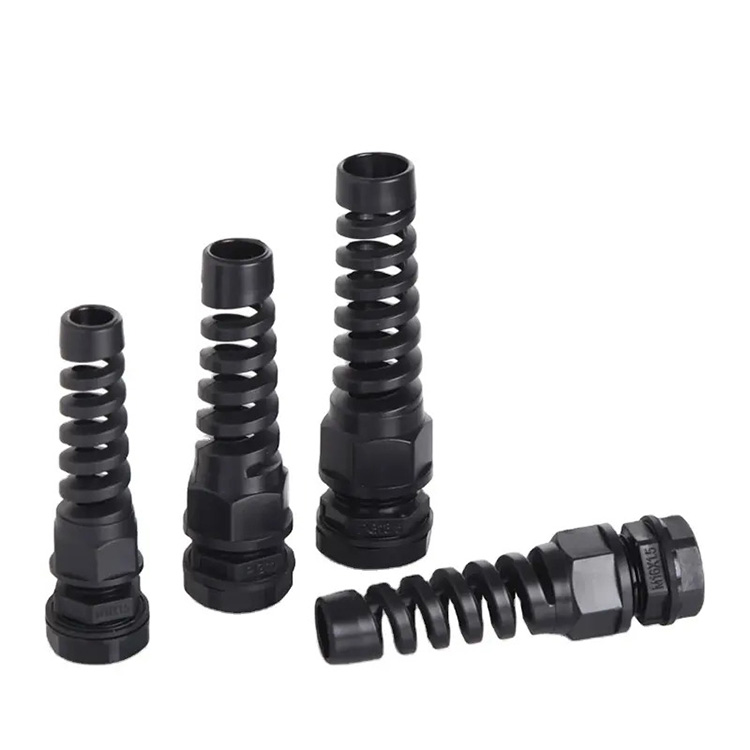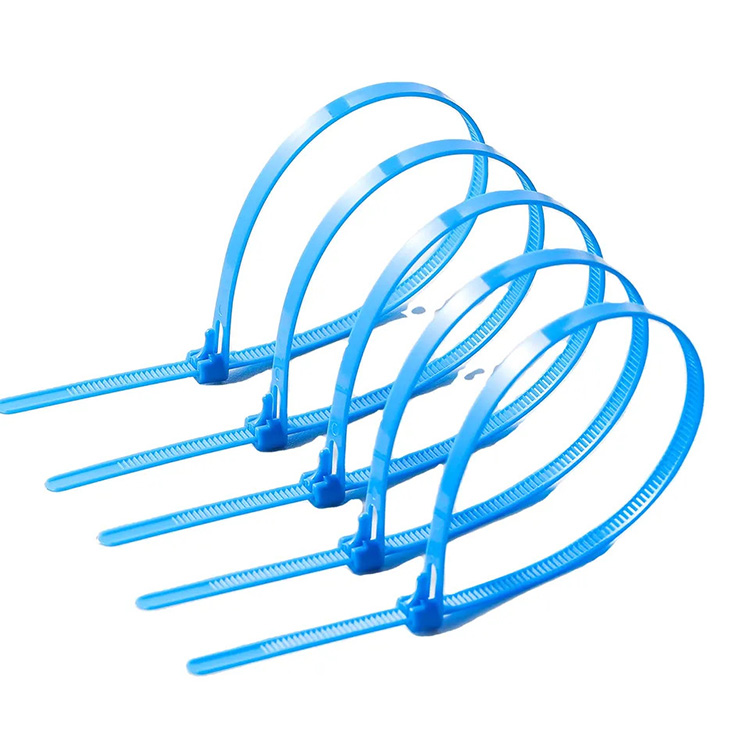What is a cable gland used for?
2024-05-20
A cable gland, also known as a cable connector or cable fitting, is a device designed to securely attach and seal the end of an electrical cable to equipment, junction boxes, enclosures, or electrical devices. Its primary functions are:
Cable Securing: Cable glands provide mechanical support and strain relief to the cable, preventing it from being pulled or twisted, which could damage the internal conductors or connections.
Environmental Protection: By sealing the cable entry point, cable glands protect the internal components of equipment or enclosures from environmental factors such as dust, moisture, water, dirt, and other contaminants. This is particularly important in industrial, outdoor, or hazardous environments where exposure to harsh conditions could compromise the integrity of electrical systems.
Electrical Insulation: Cable glands often have insulating properties, helping to prevent electrical leakage or short circuits by providing a barrier between the cable's conductors and the surrounding environment.
Safety Compliance: In many industries, the use of cable glands is mandated by safety regulations and standards to ensure the safe and reliable operation of electrical systems. Properly installed cable glands can help mitigate the risk of electrical hazards and maintain compliance with regulatory requirements.
Overall, cable glands play a crucial role in maintaining the integrity, safety, and reliability of electrical installations by securing cables and providing protection against environmental factors. They are commonly used in various applications, including industrial machinery, electrical panels, instrumentation, control systems, and outdoor lighting fixtures.



























